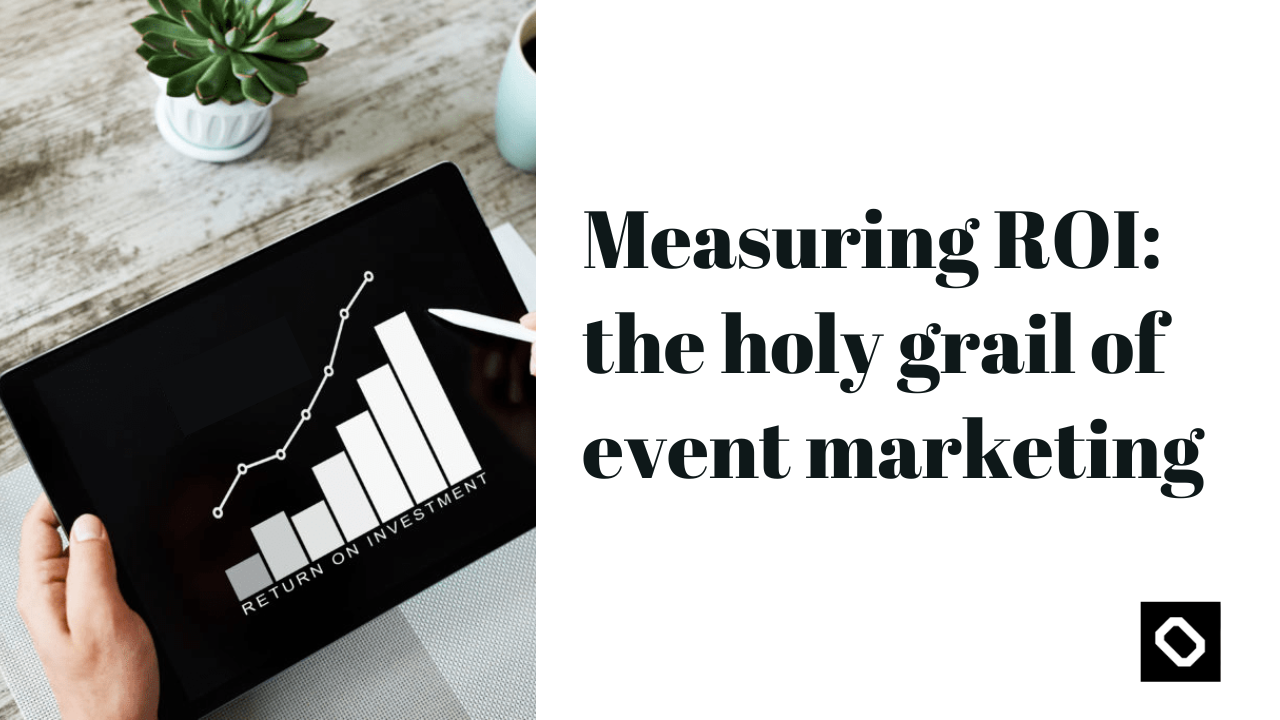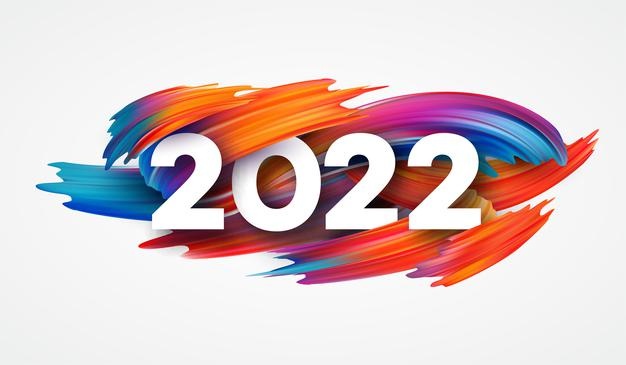
Ask anyone and they’re likely to agree that event marketing can lead to an increased return on investment (ROI). Most business leaders recognise this too, with 93% of organisations prioritising events as part of their wider marketing efforts.
But, when 55% of marketers are unable to track event ROI, the problem isn’t getting people to believe that event marketing works, it’s showing them exactly what that value looks like in real, tangible data.
If you’re unable to prove the contributions an event makes to your company’s bottom line, you run the risk of your marketing budget being allocated elsewhere or slashed entirely. This is a big mistake in the long run, given the potential that event marketing has to increase brand awareness, generate leads and secure sales.
So, how can you effectively measure returns from an event and maximise your investment for future revenue growth? Here are my thoughts on how to pin down that elusive ROI.
First things first, what is event marketing ROI?
ROI is the profit made from an investment. You can break it down into this easy formula:
(Return – Investment)
____________________
Investment
This is an oversimplification of course, especially when dealing with event marketing. With so many components and variables involved in events, working out what constitutes a ‘return’ can be difficult. Are you looking to convert attendees into marketing qualified leads (MQLs)? Is it increased brand awareness on social media platforms you’re after? Or are you wanting to close as many deals as possible?
Things become even more complicated if the money invested ties into more than one campaign – for example, you may have commissioned a proprietary event registration app that is then used across multiple events during the year.
The solution is to create a robust, consistent plan of action…
Get your strategy sorted
And when I say strategy, I don’t just mean planning how you’re going to analyse data once the event is over. You first need to establish a clear set of goals you hope to achieve from running the event and confirm what budget you’ll be working with. Make sure all key stakeholders are on board with these.
Once you’ve agreed upon your business goals and a budget, it’s time to set out relevant KPIs. This part is crucial – your KPIs will serve as a litmus test measuring the overall performance of your event, starting from attendee registration right through to post-event follow-ups.
For example, if your goal is to generate brand awareness, your KPIs might include:
· Total number of event registrations
· Brand mentions and engagement on social media
· Traffic to your website that can be attributed to the event
If you’re aiming to boost revenue from sales, KPIs can include:
· Number of new leads generated
· Number of meetings held either at the event or afterwards
· Pipeline generated and/or won from the event
This initial planning stage is arguably the most critical in your entire event marketing strategy – get it right, and you’ll be able to successfully measure and track your ROI but get it wrong and you’ll be left struggling. Be sure to give yourself and your team enough time to decide what goals, budget and KPIs you want to work towards before moving on to the next stage.
Event tech is your friend
Cue stage two in your event marketing strategy: create a digital arsenal of data collection tools.
The days of paper-based event registration forms and feedback questionnaires are long gone. Instead, you can now take your pick from a number of sleek, streamlined digital tools – including online registration platforms, marketing automation software, CRM systems and social listening tools – and build your own customised tech stack that will make data capture, KPI tracking and ROI analysis simple.
When selecting these tools, it’s important to look at the bigger picture and ensure they can all be integrated seamlessly. Think about how you can start capturing data in advance of the event, then continue this data collection in real-time during the event and afterwards too. You don’t want to cause yourself more hassle by having to use three separate digital tools that can’t be integrated.
If you have the budget for it, it’s worth considering a proprietary event app that can incorporate anything from event registration to feedback surveys to session engagement in one cleverly branded space. Not only will it streamline your ROI tracking and elevate your event, but you can pull user-generated content (UGC) to use in your post-event communications and future marketing initiatives.
By leveraging the right technology, you get the added bonus of being able to easily and (relatively) quickly create personalised content and experiences for your attendees, something that has become increasingly important in recent years and can have a positive impact on the overall performance of your event.
Measure, analyse, optimise and repeat
Now the event has come to an end, you’ve captured all the data you need with the help of your tech stack and you’ve calculated your total spend. It’s time to measure the success of your event against the goals you first laid out and analyse the results.
After all, 88% of leaders support event strategies where ROI has been proved – this is your chance to demonstrate the value event marketing brings to your business and safeguard your marketing budget for the following year. Having defined your KPIs early on in the process, calculating your event marketing ROI should be much easier.
But don’t stop there. Review the data in greater depth, identify where improvements can be made and optimise your event strategy. The lessons that can be learned from event marketing ROI are invaluable and will be the deciding factor in the success of your future event activity.
It’s true that success looks different for everyone. But by following these steps to building a strong event strategy, you’ll be able to measure ROI effectively, no matter what your goals may be.


Our cities are jam-packed full...

The summer event season is alm...

We can't believe it, Christmas...

With Christmas still in our ey...

There are many factors that ne...

For many of us in th...

At Unlocked we're starting to ...

Since the summer we've seen an...

Hopefully you've enj...